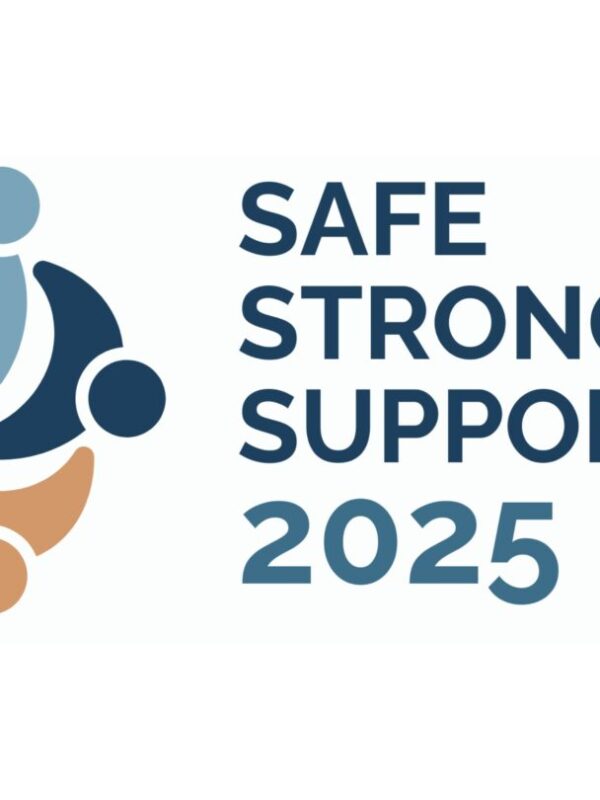
Fams is excited about the TEI Program data that the Data Exchange (DEX) is starting to produce, and we are keen to start working with the Sector to support them in improving their data quality; utilising the data for continuous improvement; and helping services to analyse, report and present their data. Below are some specific areas that we’ve reflected on from the TEI Annual Report and our work with the Sector to date on their DEX data.
TEI Services – Client groups and the reason for engagement
It’s encouraging to see that 0–5-year-olds make up the largest age group at 15% of the total client group, and when 6–18-year-olds are added the percentage jumps to 40%. This is reflective of both a shift in key groups (with a focus on 0-5, young people and young parents) and a shift in reporting on/and identifying client data for children in families, who may have previously been reported under a single family.
When looking across all client information, 14% of clients are Aboriginal and/or Torres Strait Islander, 9.5% live with disability and 29% are born overseas with the same percentage who speak a language other than English at home.
While we may expect that family functioning; community participation and networks; and mental health, wellbeing and self-care were the most reported reasons for the clients in TEI seeking assistance, it will be interesting to see how (or if) those reason change with increasing sector confidence in data reporting. Fams has found in their work with services that where and how this information was recorded was not clear and it is expected that we will see a notable increase in reporting on this field in the 2021-2022 Annual Report given this new knowledge.
SLK Key Information
Statistical Linkage Keys or (SLKs) are the Data Exchange’s identity for your identified clients/service users and very important for contributing to the broader DEX data. If a client’s details are correctly included in a data source or multiple data sources, the SLK algorithm created will produce the same SLK. This allows the linkage of two or more records belonging to the same client without disclosing the client’s identity. The SLK is made up of the client’s/service user’s first and last name, gender, and date of birth. In the Standard Reports – Data Quality Report on DEX you will be able to see a percentage for your organisation’s SLKs, the lower the % the better. Things that impact on a high statistical linkage key include any missing information from the fields mentioned above and includes putting a year of birth instead of the actual date of birth. Increasing the quality (lowering the %) of SLKs across the TEI Program data is something that we will all be working on in the next 6 months data to December 2022.
Missing Client information in the Data Exchange (DEX)
Areas of concern in the data reporting include:
- 46% of the referral source is unknown. This information relates to how the client accessed services in the first place and includes self-referral amongst the drop-down choices
- 82% of identified clients do not have reported client outcomes nor do 83% of activities have outcomes recorded against them. Despite these high percentages, there are identified positive changes in both the Community Strengthening stream and the Wellbeing and Safety stream. These high percentages will decrease as additional confidence in reporting client SCOREs should be seen in the 2022-2023 Annual Report.
Confusion in the difference between identified, de-identified and unidentified clients may have resulted in the low numbers of identified clients reported in certain Program Activities, those within the Wellbeing and Safety stream. The difference is explained further in the following Fams resource:
Client files in DEX: Identified, De-identified, and Unidentified
The TEI Program requires a larger minimum data set to that identified by asterisks when setting up a client in DEX. This extended data set is for all identified clients, and currently there are gaps in a number of those fields. When looking at your TEI Activity Report in the Partnership Approach report section, if you see a large percentage of ‘unknown’ in the pie charts presented, this is perhaps a result of these fields not being answered for every client. We are also confident that this figure will improve with increased knowledge and confidence around DEX data entry. However, should you be reading this and want to know more about how you can increase your reporting quality, please do not hesitate to contact Fams at [email protected]
Reporting client outcomes through SCORE in the Data Exchange (DEX)
Another challenge of DEX, across the board, was the pairing of client SCORES. For SCOREs to pair for identified/de-identified clients in DEX, all the components in reporting those SCOREs need to match. SCOREs are recorded in a session, so in the first instance they will need to be recorded under the same case. The SCOREs that you want to pair will also need to be the same Domain and Type i.e., Community Participation and Networks (domain) in Circumstances (SCORE Type) AS WELL AS being SCOREd in the same way i.e., self-assessment. Up to this point it all seems to make logical sense. The misunderstanding of many services and workers is that they were unaware that the service type (this is chosen in a drop-down menu when you create a session) i.e.: capacity building (under the Program Activity, Targeted Support), needs to be the same for each initial and subsequent SCORE of the same Domain and Type. Again, Fams can get online and speak to individual workers or teams about the best way to ensure that you are pairing SCORES, please reach out to us via the [email protected] email box if you need support in this area. It is also worth noting that you do not need to score on every Domain in a SCORE Type, as this impacts on confidence of the SCORE data.
Data Quality
Low quality statistical data was also highlighted as a concern in the 2020-21 Annual Report. Services can see their rating through the DEX Standard Reports. Often this can be rectified easily through understanding what it is that is impacting on their low-quality data percentage. For some services it may be that they were entering a year of birth rather than an actual date see specific information about SLKs above. For others it is that they had minimal demographic information on existing clients when they started entering them into DEX. In all these instances you will be able to monitor, in your Data Quality Report, how your data quality improves over time.
We again encourage you to look at last year’s Annual Report more closely as there are breakdowns between Types and Domains of SCORES and other information between Program Activities and Service types from which you will be able to compare your own annual data. However, we are mindful that the data will become richer over time and the comparison will be more reliable as our capacity to enter quality data increases.
Shifting to the Data Exchange (DEX) has been a significant and time-consuming task for the Sector and we commend you on your willingness and enthusiasm to ‘get this right’. Fams have been provided with additional funding from DCJ to support the Sector in increasing their data quality over the next year and we look forward to continuing this journey with you and contributing to improved outcomes for the children, young people, families, and communities that we support.





